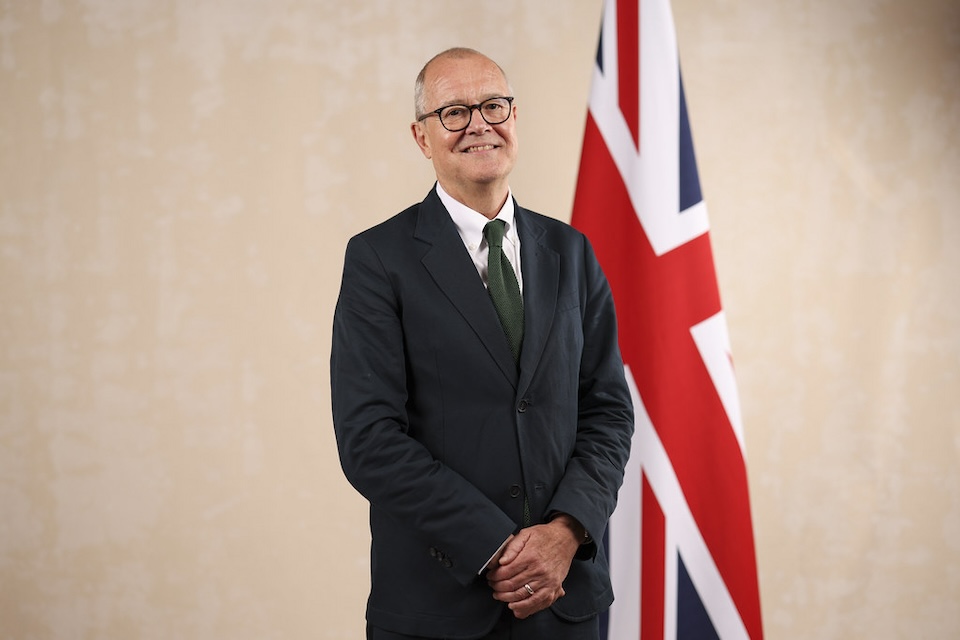How the world should prepare for the next pandemic
Patrick Vallance writes about the aim to have vaccines and therapeutics available at scale within 100 days. This piece was published in the Financial Times.

Inventing a safe and effective vaccine is not easy and never guaranteed. Developing a vaccine for malaria took decades and despite great effort there is still no vaccine against HIV. But against the odds and in record time we already have a range of vaccines to protect against COVID-19.
It’s been one of the greatest scientific achievements in recent history. As a result the UK and other nations are now well advanced in their vaccination programmes and the grip that COVID-19 has held on our lives is being loosened.
How was it possible to move so fast? One answer is that key starting blocks were in place. Decades of research on vaccine technologies, experience of clinical trials and attempts to make vaccines for other coronavirus infections meant a quick start. In contrast, while rapid tests emerged during the first few months, it has taken much too long to work out which worked well and when to use them.
Despite these advances, many countries have not had access to vaccines and many continue to battle tragically high rates of infection. They are not safe now, and until we are all safe none of us is safe. This is why the international community must act now to tackle COVID-19 across the world and share vaccines.
We should also be planning for future pandemics. We need to reduce the chance of emergent infectious threats by detecting them quickly and taking decisive action to contain them. These are prerequisites. But we should also stock our arsenal and be prepared to respond. Imagine if we’d had safe, effective and high-quality vaccines, therapeutics and diagnostics available at scale within 100 days of this pandemic being declared. The world might have already been back to normal. This should be our aim for the future.
In preparation for the upcoming G7 summit, the prime minister asked me to bring together experts from industry, academia, governments and organisations like the WHO and the Wellcome Trust to look at how we might accelerate the discovery, development and deployment of vaccines, therapeutics and diagnostics. This partnership will recommend practical steps that the international community can take to make it possible to meet the 100-day ambition.
There are specific needs in each area. Regulation for rapid diagnostic tests needs an overhaul focused on quality and use; clinical trials infrastructure needs to be built across the globe; a distributed manufacturing network with easier technology transfer is required; and we need to generate prototype vaccines and medicines against the WHO priority pathogen list to create the building blocks for a fast start. Investment in diverse technologies paid dividends in the advent of mRNA vaccines and is required in all of these areas.
To create a war chest of options backed by strong research will require public-private partnerships. New technologies and modes of working will need to be embedded in everyday activities so that when we require rapid scale-up during emergencies, the exceptional is already part of the routine. We will need to define the rules of the road now so that time is not wasted during epidemics or pandemics in agreeing data-sharing protocols, supply chain movements, funding processes for R&D and procurement, or technology transfer arrangements.
We cannot prevent the threat of pandemics completely. But we can work together to ensure they never again cause such devastation. We must show humility and prepare but recognise that we will be taken by surprise. Strengthening healthcare and public health systems and having a world class surveillance system are essential.
A 100-day target for effective, safe and high-quality diagnostics, therapeutics and vaccines produced at scale for equitable distribution is extremely ambitious. But it is a target that the world can and should measure our progress against.